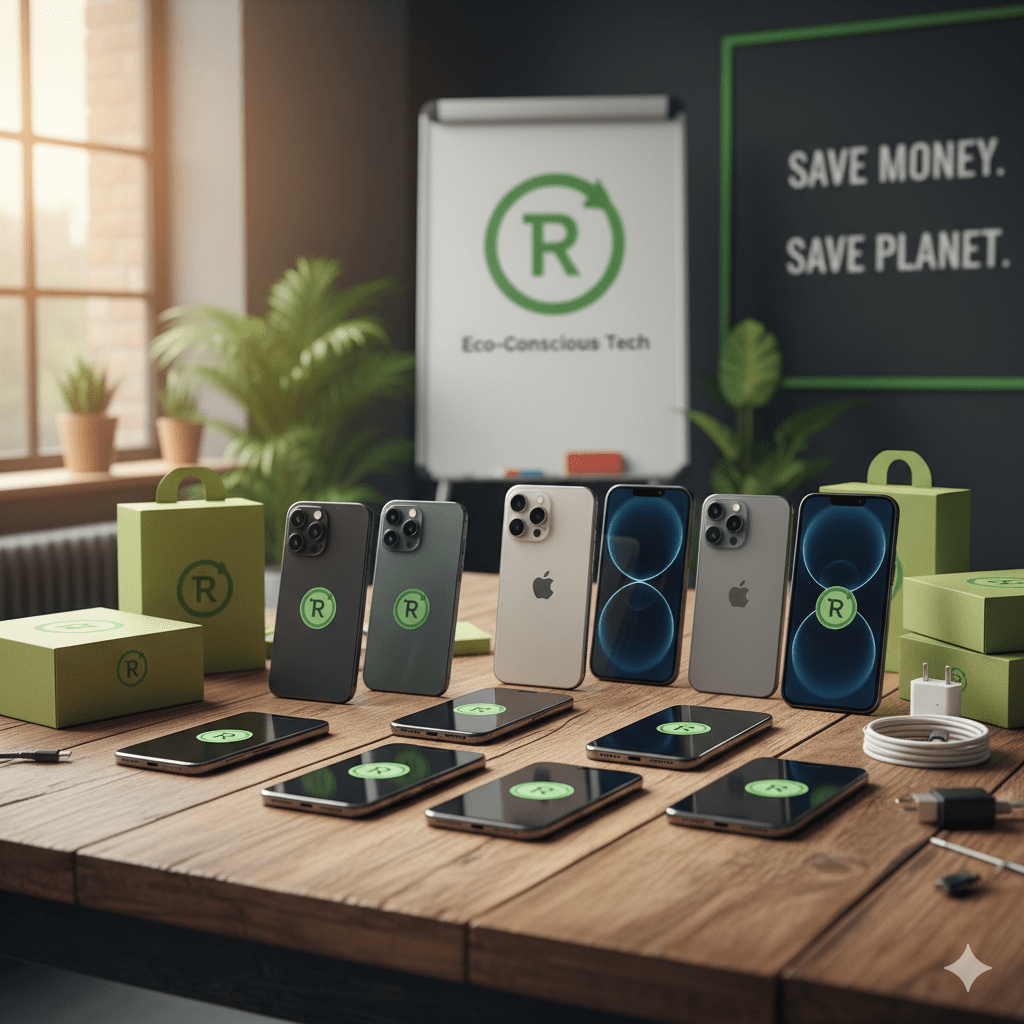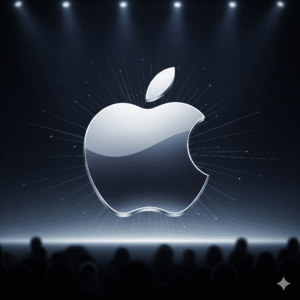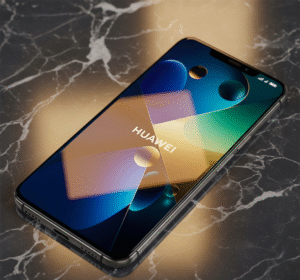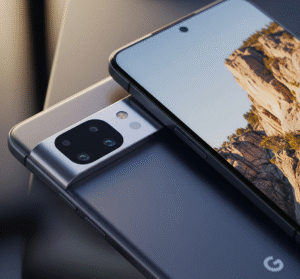
In today’s tech-driven world, smartphones are more than communication tools—they are lifelines for work, learning, and staying connected. But with flagship devices often priced above $1,000, many consumers feel locked out of premium technology. This is where refurbished handsets step in, offering the same functionality at a fraction of the cost.
As someone who has personally purchased and tested refurbished devices for both business and personal use, I can attest that choosing the right seller and knowing what to look for can make the difference between a wise investment and a disappointing gamble. Let’s break down what refurbished handsets really are, why they’re growing in popularity, and how you can safely buy one.
Discover Our Top Picks for Refurbished Handsets:
- Apple iPhone XR, Fully Unlocked, 64 GB – Black (Renewed): https://amzn.to/4me8Kzy
- Motorola Moto G 5G 6: https://amzn.to/3K53H7c
- Motorola razr+: https://amzn.to/42rNdMP
What Are Refurbished Handsets?
A refurbished handset is a pre-owned phone that has been returned to the seller or manufacturer, inspected, tested, repaired (if necessary), and then resold. Unlike second-hand devices sold through private listings, refurbished handsets go through a quality check process to ensure they meet functional and cosmetic standards.
Reputable retailers like Apple Certified Refurbished, Amazon Renewed, and Best Buy often include:
- A new battery or battery health guarantee
- Replacement of faulty parts
- A fresh outer shell if the device was scratched or dented
- Full testing for functionality (camera, charging, buttons, speakers, connectivity)
- A warranty (often 6–12 months)
Why More Consumers Are Choosing Refurbished Handsets
1. Significant Cost Savings
Refurbished handsets typically cost 20–50% less than new models. For example, a refurbished iPhone 13 Pro can often be found for $500–$600 compared to $900–$1,000 new.
2. Sustainability
According to a report by the United Nations University, over 50 million tons of e-waste are generated annually. Choosing refurbished reduces demand for new production and extends the life cycle of devices—an eco-conscious choice that helps combat electronic waste.
3. Assurance of Quality
Unlike random second-hand buys, certified refurbished devices undergo strict testing. In my own experience, I purchased a refurbished Samsung Galaxy device that arrived indistinguishable from new. It came with a 12-month warranty, giving peace of mind I would not have had with a peer-to-peer purchase.
Expert Insights on Refurbished Devices
Industry analysts highlight that the refurbished smartphone market is booming. Counterpoint Research reported that refurbished smartphone sales grew by 14% year-over-year in 2023, outpacing sales of brand-new devices.
Tech experts often emphasize a simple rule: buy from certified sellers, not individual listings. Certified sellers often replace critical components (like the battery), while uncertified resellers may simply wipe the phone and put it back on sale without addressing hidden issues.
How to Buy a Refurbished Handset Safely
To build trust in your purchase, follow these steps:
- Check Certification
Look for phrases like “Manufacturer Refurbished” or “Certified Refurbished.” Avoid vague terms like “pre-owned” or “like new” without proof of testing. - Verify Warranty
A trustworthy refurbished handset should come with at least a 6-month warranty. Some vendors, like Apple, provide a 1-year warranty, the same as their new products. - Inspect Battery Health
A major drawback of older devices is battery degradation. Certified resellers typically replace the battery or guarantee at least 80% battery health. - Read Return Policy
A return window (ideally 14–30 days) ensures you aren’t stuck if the device doesn’t meet your expectations. - Compare Pricing
Use reputable platforms like Amazon Renewed, Back Market, or official manufacturer stores. Prices that seem too good to be true usually are.
Real-Life Example: My Experience with a Refurbished iPhone
When my personal phone broke unexpectedly, I purchased a refurbished iPhone 12 Pro directly from Apple’s Certified Refurbished store. The device arrived in new packaging, with a brand-new outer shell, 100% battery health, and a one-year warranty.
Six months in, the phone works flawlessly—no different than a new one. The best part? I saved nearly $300 compared to buying new. This personal experience reinforced my confidence in choosing refurbished devices, provided the source is credible.
Are Refurbished Handsets Worth It?
The short answer: yes—if you buy smartly.
- For budget-conscious buyers, refurbished handsets offer access to premium features without breaking the bank.
- For environmentally aware consumers, they provide a way to reduce e-waste.
- For businesses, bulk purchasing refurbished devices can significantly cut operational costs.
When purchased from certified, trustworthy sellers, refurbished handsets are nearly indistinguishable from brand-new devices. They deliver both value and reliability, making them an increasingly popular choice worldwide.
Final Thoughts
The stigma once attached to refurbished devices is fading fast. With reputable certification, solid warranties, and the backing of big players like Apple, Samsung, and Amazon, refurbished handsets are no longer a compromise—they’re a smart alternative.
For anyone considering their next smartphone upgrade, refurbished handsets are an option that balances savings, sustainability, and performance.







